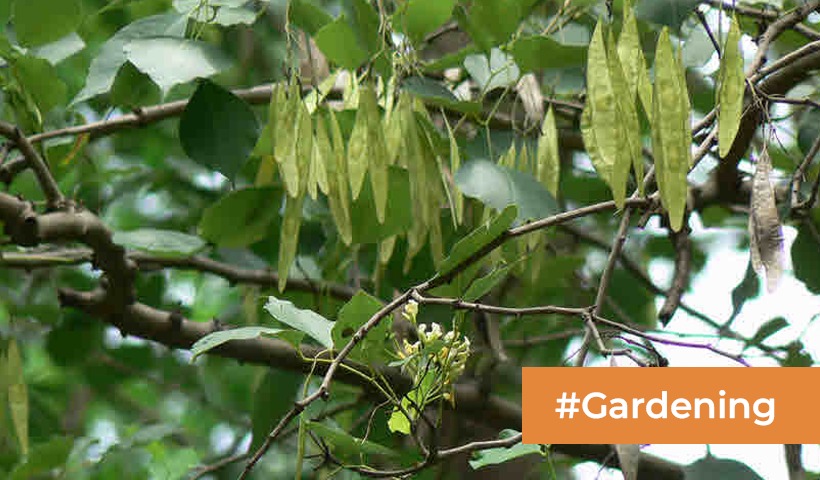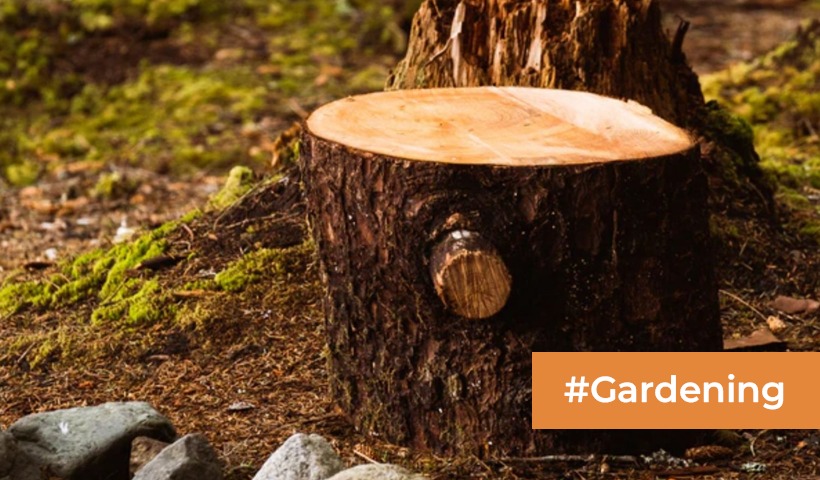Your Lawn’s Best Friend: The Ultimate Aeration Guide!
A lush, healthy lawn is the pride of any homeowner, but achieving that requires more than just regular watering and mowing. Lawn aeration is a crucial process that can make a significant difference in the health and appearance of your grass. In this comprehensive guide, we’ll explore what lawn aeration is, why it’s essential, when to do it, and how to aerate your lawn effectively.
What is Lawn Aeration?
Lawn aeration is the process of perforating the soil and removing small plugs of earth, thatch, and grass from your lawn. This creates openings in the soil, allowing for better air circulation, water absorption, and nutrient penetration. Aeration helps relieve compaction, improve root growth, and enhance overall lawn health.
Why is Lawn Aeration Important?
Aeration offers several benefits to your lawn:
- Improved Air Exchange: It allows oxygen to reach the roots, promoting healthier grass and microbial activity in the soil.
- Enhanced Water Absorption: Aeration reduces surface runoff and helps water penetrate the soil, reducing the risk of puddles and erosion.
- Thatch Reduction: Thatch is a layer of dead grass and organic matter that can block water and nutrients. Aeration helps break down thatch.
- Stronger Roots: Aeration encourages deeper root growth, making your lawn more resilient to stress and drought.
- Better Fertilizer Utilization: Nutrients applied to your lawn are more effective when they can reach the root zone.
When to Aerate Your Lawn:
The best time to aerate your lawn depends on the type of grass you have:
- Cool-Season Grasses (e.g., Kentucky bluegrass, fescue, ryegrass): Aerate in the early spring or fall when these grasses are actively growing.
- Warm-Season Grasses (e.g., Bermuda, Zoysia, St. Augustine): Aerate in late spring to early summer, as these grasses thrive during warm months.
How to Aerate Your Lawn:
Here’s a step-by-step guide to lawn aeration:
Step 1: Prepare Your Lawn
- Mow the lawn to a height of 1-2 inches shorter than your regular mowing height.
Step 2: Water the Lawn
- Thoroughly water your lawn a day or two before aeration. The soil should be slightly moist but not saturated.
Step 3: Choose the Right Aerator
- Select the appropriate aerator for your lawn. You can choose between a spike aerator (pierces the soil) and a core aerator (removes plugs).
Step 4: Aerate the Lawn
- Start at one end of your lawn and make a pass with the aerator. Overlap each pass slightly to ensure even coverage.
- For heavily compacted soil, make a second pass perpendicular to the first.
Step 5: Clean Up
- Leave the soil plugs on the lawn; they will break down and add nutrients to the soil.
Step 6: Fertilize and Overseed (Optional)
- After aeration, you can fertilize your lawn and overseed to encourage thicker, healthier grass growth.
Step 7: Water and Care
- Water the lawn immediately after aeration to help the soil absorb moisture and nutrients.
- Continue with regular lawn care practices like watering, mowing, and fertilizing to maintain a healthy lawn.
Lawn aeration is a simple yet powerful technique for maintaining a vibrant and thriving lawn. By following these steps and aerating at the right time for your grass type, you can breathe new life into your lawn, ensuring it remains the envy of the neighborhood.
Disclaimer: The views expressed above are for informational purposes only based on industry reports and related news stories. PropertyPistol does not guarantee the accuracy, completeness, or reliability of the information and shall not be held responsible for any action taken based on the published information.




